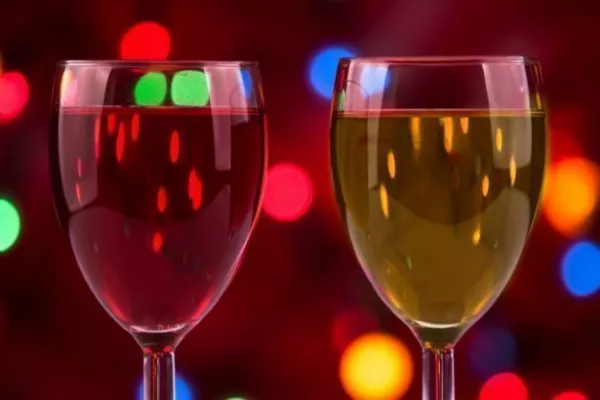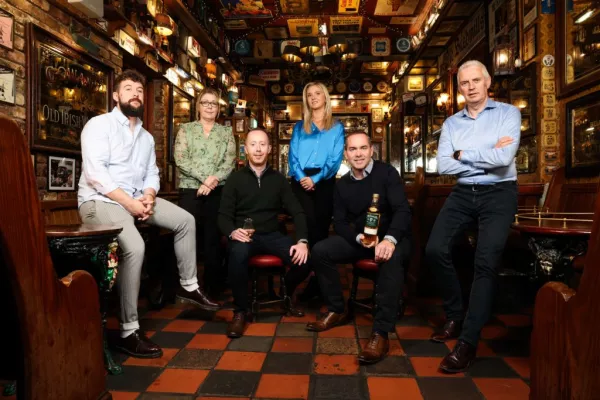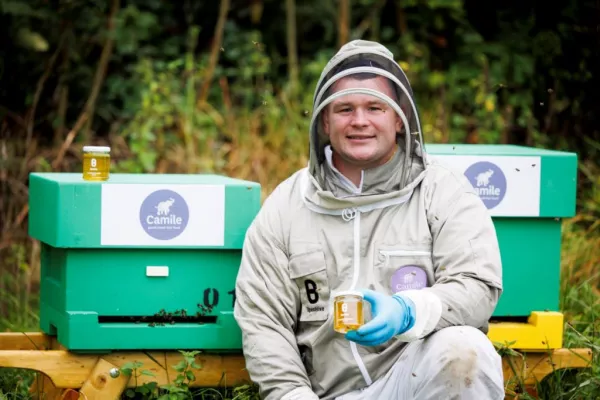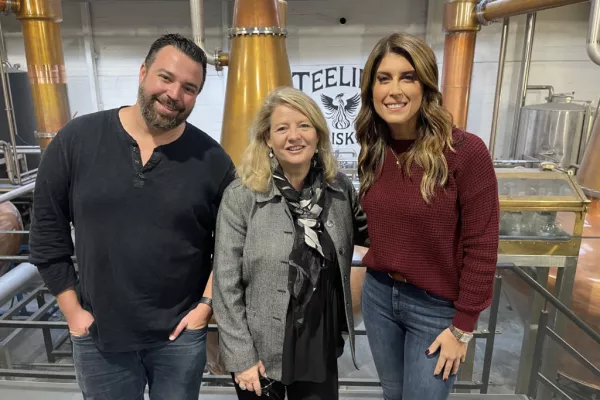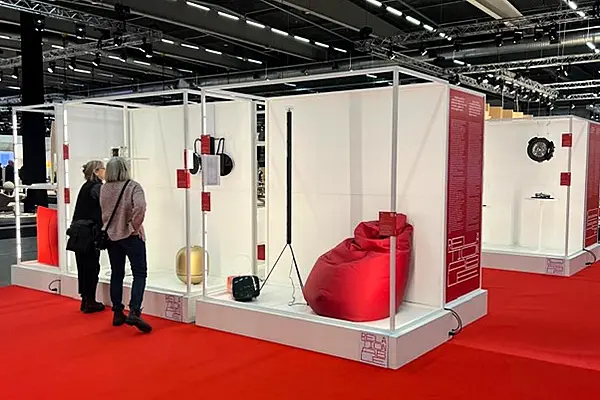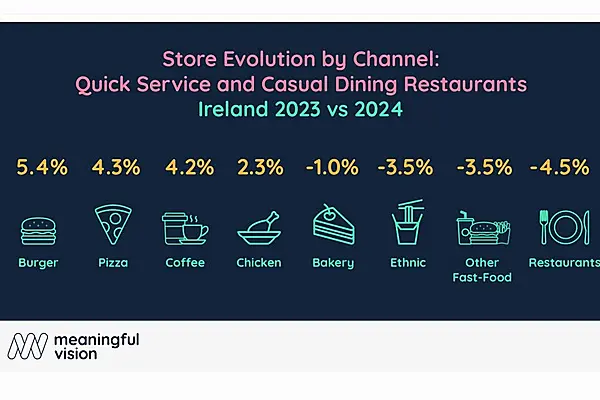From sleepy New Zealand hillsides to sleek Tokyo dining scenes, a bottle of Hawke's Bay wine shipped to Japan traces an arc that exporters like Nigel Avery see as an avenue for multi-million dollar growth built on a free trade pact.
Avery's Sileni Estates hopes to gain as the two countries are among a group of 11 ringing the Pacific Ocean that have carved out a tariff-busting deal, just as the United States and China remain enmeshed in trade disputes and business in Europe is racked by Brexit.
Even without the United States, pulled out of the accord by President Donald Trump, the Comprehensive and Progressive Agreement for Trans-Pacific Partnership (CPTPP) covers an area that houses more than a tenth of the world economy. That opens tantalising prospects for niche industries like Malaysian rubber, Australian beef and New Zealand's wine trade, now coveting affluent drinkers in Japan.
Tokyo began cutting its 15% import tariff on New Zealand wine on December 30, with full elimination set for 2025. But to boost growing if tiny sales in what the US Department of Agriculture estimates is a $1.6 billion import business, New Zealand producers may have to invest heavily in promotions to beat dominant European players, importers in Japan say.
At Sileni, which says it's among the top 10 New Zealand producers by volume, Avery is convinced of the potential to boost sales.
"As the (Japanese) market matures - because they are heavily 'Old World' consumption - they start to become a bit more explorative, they'll stumble across New Zealand for sure and once people stumble across our wines they really like them," said Avery, chief executive of his family's business since 2016.
Still, European vintners are in no mood to sit back and will soon have a trade deal of their own - a sweeping accord to reduce tariffs between the European Union and Japan set to kick in as soon as February 2019.
"The trade agreement will boost our exports to Japan and will enhance our position as export leaders", said Jean-Marie Barillere, President of EU wine lobby CEEV, in a statement after the deal won European Parliament backing on Dec. 12.
A Love Affair
Japan's love affair with wine blossomed with its rise as an economic power in the 1980s and has endured: In a University of Adelaide study, Japan ranked 5th in the world by share of global spending on wine in 2015.
Exports of New Zealand wine to Japan are small - but steadily increasing amid growing demand in the restaurant trade. Sales of what wine writer Curtis Marsh has called "honest wines that over-deliver in price-quality rapport" have almost doubled in Japan in the last nine years, to NZ$14 million ($9.61 million), according to industry body New Zealand Winegrowers, compared with US shipments of more that NZ$500 million.
Starting from scratch around 2003, Sileni has made Japan its second-biggest overseas market after the United States, where Avery, a former Olympic weightlifter, headed up business before taking over from his father.
Without disclosing sales volumes, Avery said that unlike many other markets that favour New Zealand sauvigon blancs and pinot noirs, Japanese consumers had diversified taste: Sileni sent about 15 different types of wines there, he said.
Most of the New Zealand wine sold in Japan isn't on supermarket or convenience store shelves: It features on menus in high-end restaurants in Japan, seen by customers as offering a comparatively cheaper but good quality alternative to luxury French brands.
More Than $40 A Bottle - Cheapest On Menu
On a recent Friday night in central Tokyo's upscale Azabu area, restaurant Torizen Seo served customers from a menu centred on gourmet versions of traditional grilled chicken skewers, or 'yakitori'. Sileni wines at 4,800 yen ($42.70) a bottle were the cheapest on a mostly European list, with bottles around 7,500 yen to accompany dinner courses priced at 5,000-8,000 yen.
Industry insiders say Japanese wine lovers like Tomoko Inaba are increasingly looking to extend their palates into wines from New World countries that are pushing what they say are innovative flavours in less traditional restaurants and hotels.
"For the same price, you get higher quality buying a New Zealand wine than you would for a French wine nowadays," said Inaba, a 49-year-old office worker.
"Considering the quality, New Zealand wines are reasonably priced," said Inaba, who previously favoured French wines.
Zero tariffs for New Zealand wines could in some cases mean a cheaper price point. For others, it may boost profits which can be poured back into marketing, for example in tie-ins with Japan's hosting of the 2019 Rugby World Cup, where New Zealand's team will start among the favourites to win.
"You need an event, a trigger, to draw more attention to New Zealand wine," said Koichi Kaino, executive officer at major wine importer Enoteca, which has been bringing Sileni to Japan for more than a decade. "One way is to promote New Zealand wine together with food, like grass-fed New Zealand beef."
The message that differentiation is needed for niche players in CPTPP countries to boost exports is key, according to Makoto Kinjo, president of ANZCO Foods Japan, a unit of New Zealand meat producer ANZCO Foods.
"New Zealand can't compete with big wine-exporting countries by volume or pricing," said Kinjo. "I think New Zealand wine exporters understand that. If you're a minority in terms of market share...You need to do something different from your competitors."
News by Reuters, edited by Hospitality Ireland. Click subscribe to sign up for the Hospitality Ireland print edition.
